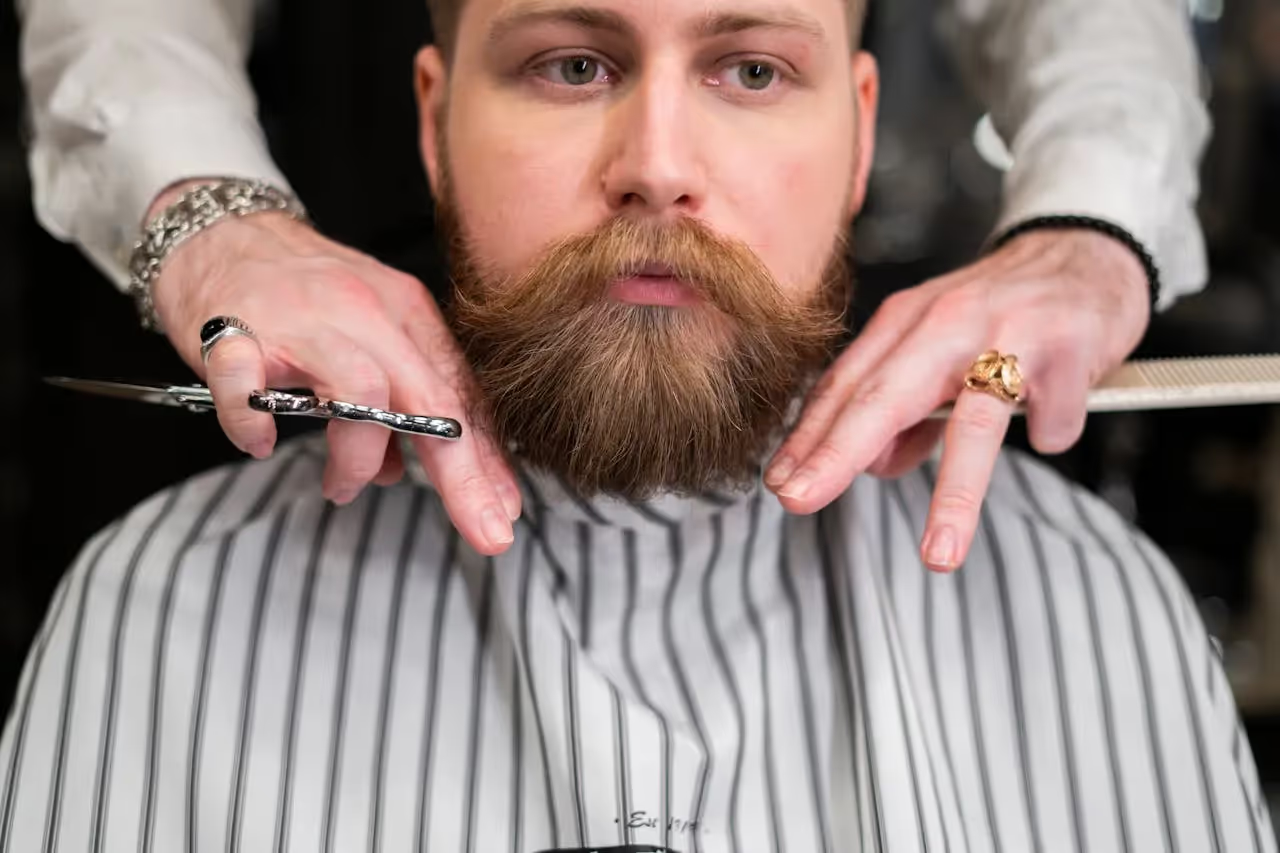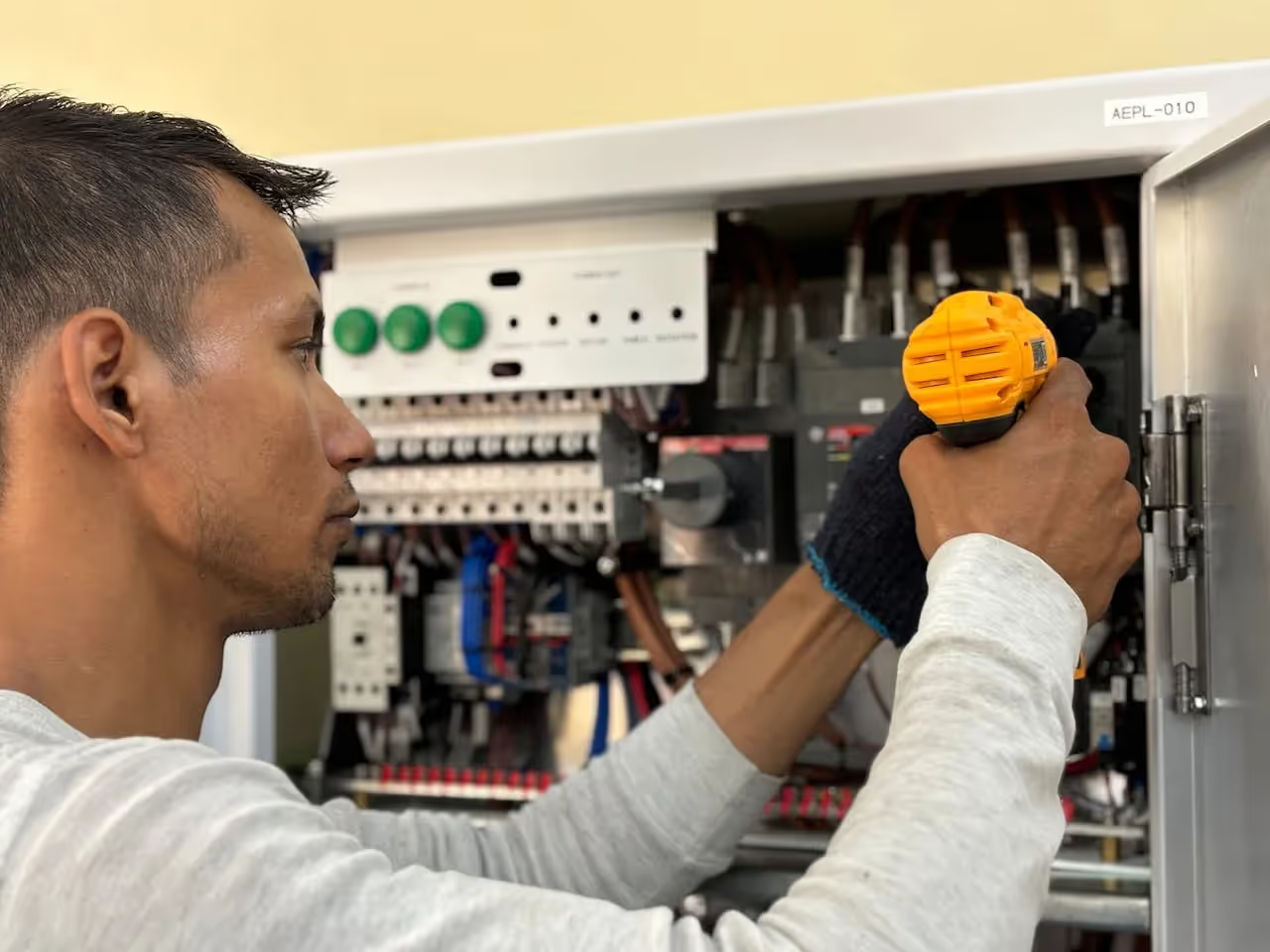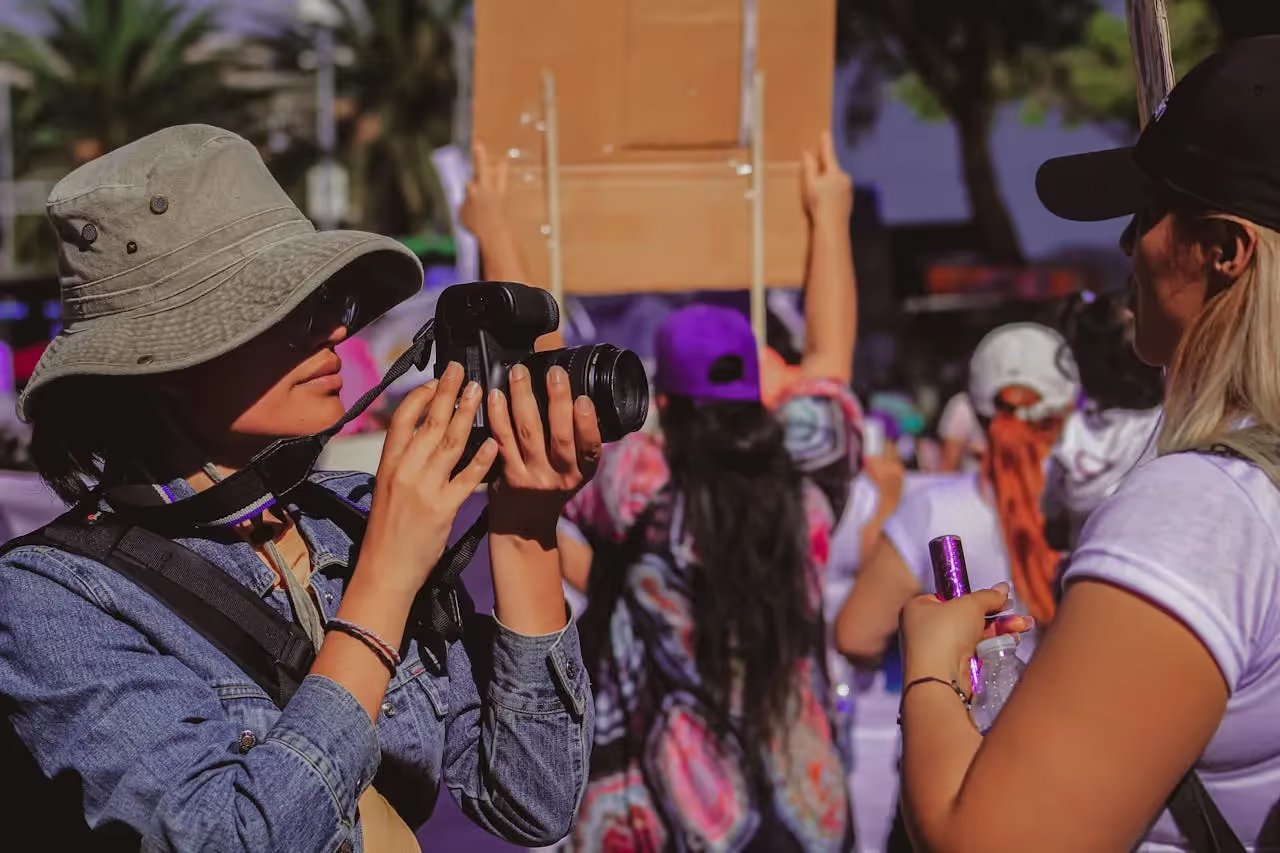Have you ever felt yourself captivated by the tales of past civilizations, historical artifacts, or stunning architectural wonders? If the thought of participating in enriching and preserving these fantastic hallmarks of culture and history sounds enthralling, then a career in Cultural and Heritage Preservation might be your next academic venture. Even more interesting is the fact that these careers can be pursued through Trade & Vocational Education. In this blog, we'll introduce you to the exciting, meaningful world of Cultural and Heritage Preservation careers awaiting you in the realm of vocational education.
Introduction
The field of Cultural and Heritage Preservation is vibrant, diverse, and intrinsically rewarding. For those unaware, this field focuses on preserving, restoring, and sharing cultural and historical artifacts with the public. Museums, historical sites, and art galleries often rely heavily on the expertise of professionals who've devoted their academic careers to this field. But did you know that you could pursue these jobs through vocational education? Yes, it's true. Let's delve deeper into this.
While popular culture often portrays university degrees as the primary path towards a promising career, trade and vocational education provides an equally engaging and viable alternative. This alternative is not just for those inclined towards mechanical or technical professions. In fact, the world of cultural and heritage preservation is replete with opportunities that can be attained through vocational education.
Jobs like museum technician, archeological technician, or conservation assistant, do not necessarily require a four-year degree. A two-year program or vocational school training can arm you with the necessary skills and knowledge for these careers. For instance, aspiring conservation assistants could consider enrolling in a vocational program in art conservation or historical preservation. These programs provide hands-on learning experiences, a deeper understanding of the subject matter, and direct coaching from industry practitioners.
Another advantage vocational education brings to the table is its focus on practical application. While university degrees often encompass broad theoretical knowledge, vocational programs streamline the curriculum towards career-centric skills and training. This ensures that you're job-ready right after graduation, with a strong foundational skill set that can be directly applied in your career.
Conclusion
Without a doubt, a career in preserving and enriching our cultural and historical roots can be immensely satisfying. If helping to conserve precious artifacts, or assisting in the curation of priceless works of art at a museum sounds like your dream job, then vocational education can be your window into this enriching field.
Apart from its practicality and direct approach, vocational education also provides a financially viable alternative to traditional university programs. It prepares you for specific career paths without the associated high costs and time commitments of a four-year university degree. Furthermore, with more institutions recognizing the value of vocational education, obtaining a job in the cultural and heritage preservation field is now more accessible than ever.
Remember, our past defines us, shapes our present, and illuminates our future. As you explore your educational and career options, remember that the field of cultural and heritage preservation holds a unique opportunity to shape that narrative. And a vocational path can serve as your guiding compass into this fulfilling, diverse, and vibrant field of study. So, why wait? Start your journey into the world of cultural and heritage preservation through vocational education today!















.svg)



